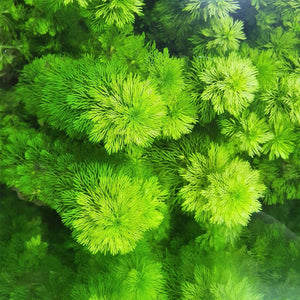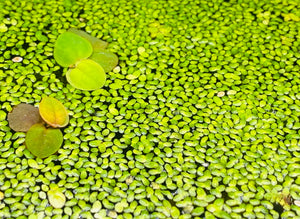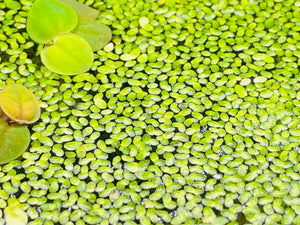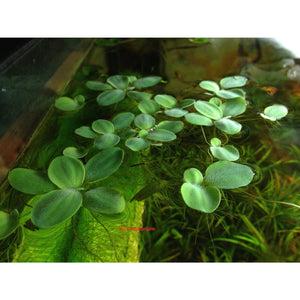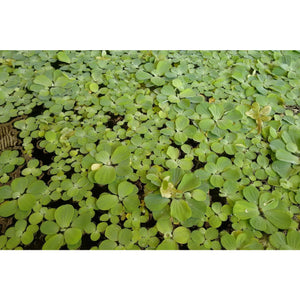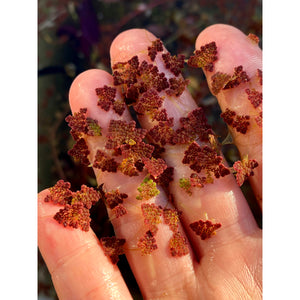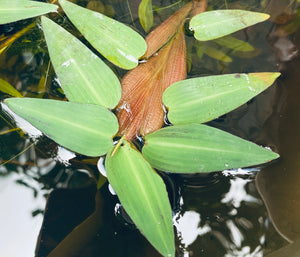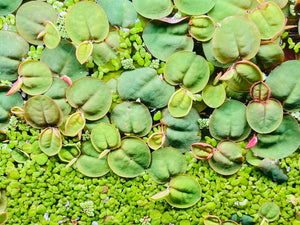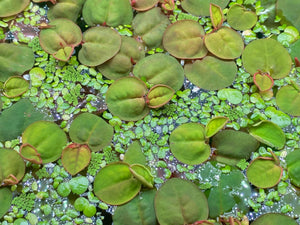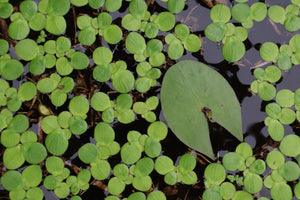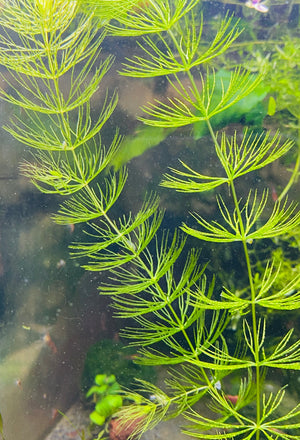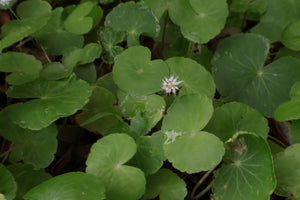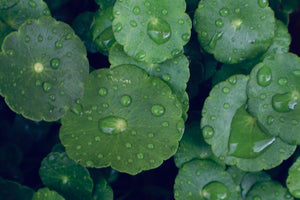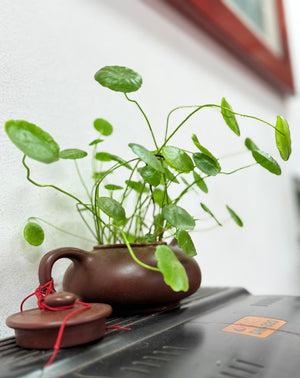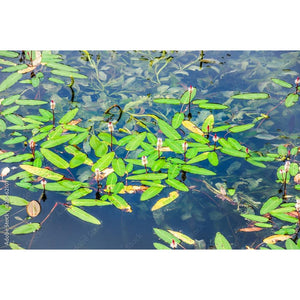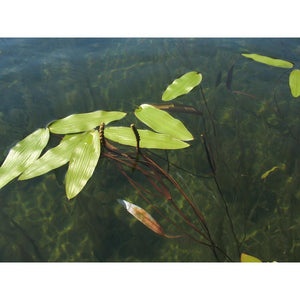You renderd the snippet swatch.liquid with the name of a product option — 'Title' — that does not belong to your product.
Use {% render 'swatch' with 'name of your product option here' %}
Example: {% render 'swatch' with 'Color' %}
This is case-sensitive! Do not put in 'color' if your product option name is 'Color'.
You renderd the snippet swatch.liquid with the name of a product option — 'Title' — that does not belong to your product.
Use {% render 'swatch' with 'name of your product option here' %}
Example: {% render 'swatch' with 'Color' %}
This is case-sensitive! Do not put in 'color' if your product option name is 'Color'.
You renderd the snippet swatch.liquid with the name of a product option — 'Title' — that does not belong to your product.
Use {% render 'swatch' with 'name of your product option here' %}
Example: {% render 'swatch' with 'Color' %}
This is case-sensitive! Do not put in 'color' if your product option name is 'Color'.
You renderd the snippet swatch.liquid with the name of a product option — 'Title' — that does not belong to your product.
Use {% render 'swatch' with 'name of your product option here' %}
Example: {% render 'swatch' with 'Color' %}
This is case-sensitive! Do not put in 'color' if your product option name is 'Color'.
You renderd the snippet swatch.liquid with the name of a product option — 'Title' — that does not belong to your product.
Use {% render 'swatch' with 'name of your product option here' %}
Example: {% render 'swatch' with 'Color' %}
This is case-sensitive! Do not put in 'color' if your product option name is 'Color'.
You renderd the snippet swatch.liquid with the name of a product option — 'Title' — that does not belong to your product.
Use {% render 'swatch' with 'name of your product option here' %}
Example: {% render 'swatch' with 'Color' %}
This is case-sensitive! Do not put in 'color' if your product option name is 'Color'.
You renderd the snippet swatch.liquid with the name of a product option — 'Title' — that does not belong to your product.
Use {% render 'swatch' with 'name of your product option here' %}
Example: {% render 'swatch' with 'Color' %}
This is case-sensitive! Do not put in 'color' if your product option name is 'Color'.
You renderd the snippet swatch.liquid with the name of a product option — 'Title' — that does not belong to your product.
Use {% render 'swatch' with 'name of your product option here' %}
Example: {% render 'swatch' with 'Color' %}
This is case-sensitive! Do not put in 'color' if your product option name is 'Color'.
You renderd the snippet swatch.liquid with the name of a product option — 'Title' — that does not belong to your product.
Use {% render 'swatch' with 'name of your product option here' %}
Example: {% render 'swatch' with 'Color' %}
This is case-sensitive! Do not put in 'color' if your product option name is 'Color'.
You renderd the snippet swatch.liquid with the name of a product option — 'Title' — that does not belong to your product.
Use {% render 'swatch' with 'name of your product option here' %}
Example: {% render 'swatch' with 'Color' %}
This is case-sensitive! Do not put in 'color' if your product option name is 'Color'.
You renderd the snippet swatch.liquid with the name of a product option — 'Title' — that does not belong to your product.
Use {% render 'swatch' with 'name of your product option here' %}
Example: {% render 'swatch' with 'Color' %}
This is case-sensitive! Do not put in 'color' if your product option name is 'Color'.
You renderd the snippet swatch.liquid with the name of a product option — 'Title' — that does not belong to your product.
Use {% render 'swatch' with 'name of your product option here' %}
Example: {% render 'swatch' with 'Color' %}
This is case-sensitive! Do not put in 'color' if your product option name is 'Color'.
You renderd the snippet swatch.liquid with the name of a product option — 'Title' — that does not belong to your product.
Use {% render 'swatch' with 'name of your product option here' %}
Example: {% render 'swatch' with 'Color' %}
This is case-sensitive! Do not put in 'color' if your product option name is 'Color'.
You renderd the snippet swatch.liquid with the name of a product option — 'Title' — that does not belong to your product.
Use {% render 'swatch' with 'name of your product option here' %}
Example: {% render 'swatch' with 'Color' %}
This is case-sensitive! Do not put in 'color' if your product option name is 'Color'.
You renderd the snippet swatch.liquid with the name of a product option — 'Title' — that does not belong to your product.
Use {% render 'swatch' with 'name of your product option here' %}
Example: {% render 'swatch' with 'Color' %}
This is case-sensitive! Do not put in 'color' if your product option name is 'Color'.
You renderd the snippet swatch.liquid with the name of a product option — 'Quantity' — that does not belong to your product.
Use {% render 'swatch' with 'name of your product option here' %}
Example: {% render 'swatch' with 'Color' %}
This is case-sensitive! Do not put in 'color' if your product option name is 'Color'.
You renderd the snippet swatch.liquid with the name of a product option — 'Title' — that does not belong to your product.
Use {% render 'swatch' with 'name of your product option here' %}
Example: {% render 'swatch' with 'Color' %}
This is case-sensitive! Do not put in 'color' if your product option name is 'Color'.
floating pond plants
Floating Pond Plants: Choosing and Managing Duckweed, Water Lettuce, and Other Floating Water Plants
Floating pond plants play a vital role in creating a balanced pond ecosystem. They help control algae, offer shade, and add a serene look to your water garden. Key floating water plants such as pond duckweed, azolla filiculoides and water lettuce are popular choices, each with unique benefits and considerations for controlling duckweed and maintaining a vibrant pond. Here’s a guide to selecting and managing floating pond plants that will keep your pond healthy and beautiful.
Benefits of Floating Pond Plants
Floating pond plants help in natural filtration and self-sufficient environment creation in the pond. Following are some key benefits they avail:
- Algae Control: Floating plants do not allow total sunlight to reach the water's surface, hence helping to keep the water clear by controlling the growth of algae.
- Shade and Habitat: They provide important shade, keeping the temperature of the water nice and cool for fish and other life in the pond.
-
Nutrient Absorption: Most floating plants absorb nutrients from the water in excess, preventing undesirable algae and weeds from flourishing.
Popular Floating Water Plants for Ponds
If you're considering adding floating plants to your pond, here are some popular options that are both useful and visually appealing
1. Duckweed: A Small but Powerful Plant
Duckweed is a very small, fast-growing aquatic plant that sits on the surface of the water. It grows so rapidly that, if left untouched, it can cover a pond completely in less than a month. Following are some reasons to think about duckweed and tips for its control.
-
Benefits: Duckweed is very good at taking up extra nutrients, adding shade, providing a home for small pond critters, and helping oxygenate the water.
- Considerations: Since duckweed spreads fast, it’s crucial to monitor its growth. Controlling duckweed can involve regular skimming or introducing natural predators, like certain fish species, to prevent it from taking over.
2. Water Lettuce for Ponds: A Natural Filter
- Benefits: Water lettuce helps filter the water by absorbing nitrates and phosphates, which keeps algae at bay. Its wide leaves provide ample shade, cooling the pond and creating a tranquil environment.
- Considerations: Note: It is not legal to buy or sell this plant in NSW.
Azolla is a popular, native floating plant known for its rapid growth. It’s both functional and beautiful, making it ideal for those looking to add visual interest to their pond.
- Benefits: This plant provides extensive shade and nutrient absorption, making it effective at keeping water clean and clear.
Tips for Maintaining and Controlling Duckweed and Other Floating Plants
While floating plants are low-maintenance, managing them is crucial to ensure a balanced ecosystem. Here are some tips:
-
Skim Excess Duckweed Regularly: Regularly skim off excess duckweed. In a very short time, duckweed can double in number and cover the entire surface of a pond. When this happens, the sun is completely shut off from any submerged plants. Surplus duckweed should be removed once a week or as needed with a fine net.
-
Consider Fish for Natural Duckweed Control: Some fish species, such as koi and goldfish, consume duckweed. Adding them to your pond is a biological means of keeping the growth of duckweed at bay and giving them a natural supply of food.
-
Thin Water Lettuce and Hyacinth: For larger floating plants, such as water lettuce or hyacinth, you will want to thin them out on a regular basis. Try to cover about one-third of the surface of your pond so that there is adequate sunlight and oxygen..
-
Regular Water Testing: On a regular basis, monitor the nutrient levels in your pond. High levels of nutrients will promote quicker growth amongst plants, promoting overgrowth of floating plants. Regular water changes can help maintain a balanced environment.
Creating a Balanced Pond Ecosystem
Floating plants are probably one of the easiest ways to enhance the natural beauty of your pond while keeping its water quality in check. Of course, each of duckweed, water lettuce, and Azolla brings different benefits to the table, but they do need extensive control against overgrowth. The key will be finding the right balance; with floating, submerged, and marginal plants in perfect harmony, your pond is sure to impress.
In Summary
Floating pond plants are a great addition to any water garden. Duckweed and water lettuce are two such popular pond plants that help to naturally filtrate, shade, and beautify your water garden. Still, care must be given to them to keep them from becoming too dense. A management plan to regularly thin the plants, add fish, and monitor nutrient levels will help you enjoy many benefits added by such plants to your pond's ecosystem.











